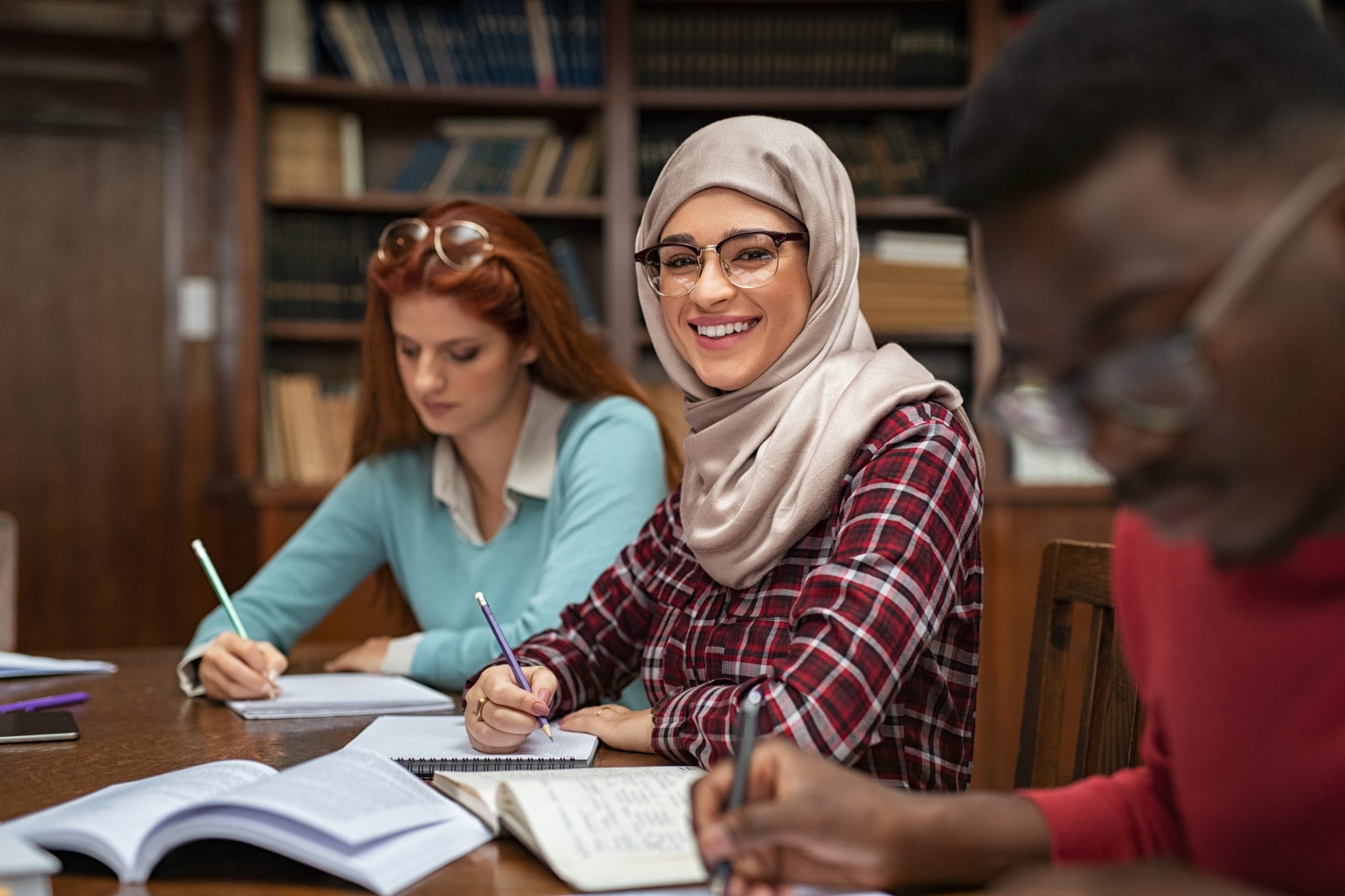Business & Community

Although most individuals may deny having biases, everyone has them. Biases aren’t always bad. However, they become bad when used to unfairly disadvantage others or to treat people unfavorably. The two types of bias are conscious and unconscious bias. Conscious bias is intentional whereas unconscious bias is unintentional. For years, media attention focused on conscious bias, but over the years, the focus has shifted to unconscious bias. What makes bias so dangerous is that people are unaware of how biases can interfere with decision making, as well as the treatment of other people.
What are Unconscious Biases?
Unconscious biases, also called implicit biases, are learned stereotypes about people, things, or groups. Cheryl Staats, a senior researcher at The Ohio State University, defines unintentional biases as “attitudes or stereotypes that affect our understanding, actions, and decisions in an unconscious manner.” Unconscious beliefs can influence the way people think about or judge another person or group. Unconscious biases are usually based on past experiences and the environment where people grow up. They are general thoughts and opinions that automatically come to mind when associating with people or encountering various circumstances.
Understanding Unconscious Bias
Everyone can exhibit unconscious biases that are quickly triggered by things such as a person’s skin color, religion, and style of dress. People can still have unconscious biases while demonstrating a strong commitment to people or values, such as equality and human justice for all.
Being unaware of biases can be damaging or pose negative consequences for specific individuals and families within society. For example, unconscious biases become problems if decisions advantage one group over another or decisions cause some groups to be treated unfavorably.
Research has documented how unconscious bias negatively impacts decisions regarding housing, employment, healthcare access, education, and the justice system. For example, research related to unconscious bias has shown that job applicants with ethnic sounding names are far less likely to be given a chance for an interview. Overweight or “unattractive” individuals are less likely to receive management positions, and minority patients are far less likely to receive advances and effective medical treatments.
Types of Unconscious Biases
There are different types of unconscious biases that are manifested in various ways. Some biases that impact our judgment or rational decision-making processes include
Affinity bias. A person feels drawn to or favors people like themselves.
Attribution bias. An individual believes that the successes of others are because of luck while the failings of others are due to their lack of abilities.
Conformation bias. A person tries to prove his or her incorrectly preconceived opinions of a person by looking for evidence to support their opinions or beliefs.
Groupthink bias. An individual foregoes his beliefs, thoughts, and identity and takes on the beliefs of a group just to fit in.
Perception bias. A person can neither see qualities nor be objective when considering an individual because his belief or perception that something is true regarding the individual prevents it.
Effective heuristic bias. A person judges another person based on superficial factors, such as hair style, body weight, visible tattoos, body piercing, etc.
Confronting Unconscious Biases
Because unconscious biases can operate without knowledge and because they are not permanent, people can learn ways or strategies to reduce the effects of unconscious biases on thoughts and actions.
- Get to know what unconscious bias is and its effects on judgments and actions. Become educated about unconscious bias by attending workshops, seminars, and/or courses on the topic. An understanding of unconscious bias and its effects can become the first step in recognizing unconscious bias.
- Know yourself. Stop and take time to think about and meditate on your thoughts, beliefs, values, attitudes, and behaviors. Acknowledge thoughts, assumptions, and behaviors and start altering your automatic responses. Continuously ask yourself questions that will help you to recognize your biases.
- Facts versus opinions. Know the difference between a fact and an opinion.
- Be open to discussions with others about biases, races, prejudices, stereotypes, and other sensitive topics. Seek out safe places to engage in conversations about these topics.
- Move outside your comfort zone. Participate in opportunities to interact with members of a group to which you do not belong. This can help counter stereotypical beliefs as well as help you to appreciate differences.
- Have empathy for others. Try to view situations and circumstances through the eyes of others. Make an effort to recognize and understand the thoughts and feelings others experience.
Conclusion
Although people tend not to see themselves as biased, everyone has biases. In today’s diverse society, it is important that we understand our biases and how they impact others. An awareness of unconscious biases not only helps us grow as individuals, it can help us to make better decisions on our jobs, in schools, in places of worship, etc. When we understand and identify unconscious biases and ways to stop them, we will begin to fully understand the true meaning and purpose of Title VII of the Civil Rights Act of 1964, which is to prohibit discrimination.

